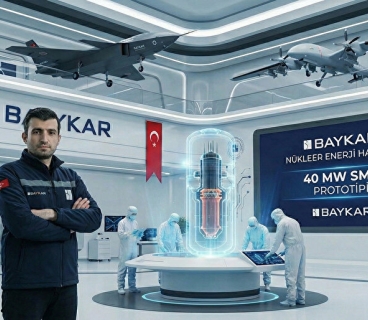The announcement was made by the company’s CEO, Sam Altman, in a post on the social platform X on June 10.
According to Altman, the anticipated open-weights model will not be released in June as initially planned, but rather later in the summer:
“We need a little more time to work on our open model. Our research team achieved something unexpected and truly amazing. We believe it’s worth taking a bit more time for this,” Altman stated.
The model OpenAI plans to release is expected to have reasoning capabilities similar to the company’s "o-series" models. The goal is to outperform other advanced open-source AI models, such as DeepSeek’s R1, in terms of performance.
The company is not only focused on improving the model’s technical benchmarks but is also discussing additional features to expand its functionality. According to previous reporting by TechCrunch, OpenAI leadership has explored technologies that could allow the model to connect to the company’s cloud-based GPT systems for handling more complex queries. However, it remains unclear whether these features will be included in the final version.
As OpenAI prepares to release the model, competition in the field is intensifying. On June 10, another AI lab, Mistral, introduced its first family of reasoning models called Magistral. In April, China-based Qwen released hybrid models capable of switching between deep reasoning and fast-response modes.
Altman has previously admitted that OpenAI had found itself “on the wrong side of history” regarding open-source development. To reshape this image, the company is placing special emphasis on ensuring that its new open model is both academically credible and technically advanced.
The model is now expected to launch by the end of summer. For OpenAI, this is not just a technical milestone, but a move of strategic importance in strengthening its relationship with both the public and the scientific community.







